ReptilesCentral Netted Dragon Ctenotus leonhardii Ctenotus saxatilis Crocodile Geckos Bynoe’s Gecko Eastern Tree Dtella Southern Spotted Velvet Gecko Gidgee Skink Goanna, Monitor, Perentie Black Headed Goanna Perentie Pygmy Mulga Goanna Sand Goanna Inland Bearded Dragon Lined Firetail Skink Long-nose Dragon Serpentes Blind Snake Central Carpet Python Children’s Python Stimson’s Python Thorny Devil Yellow-Bellied Water Skink (Eulamprus heatwolei)
Reptiles (Class Reptilia) are a diverse group of animals that encompass lizards, snakes, turtles and crocodiles. Their skin is made up of scales, bony plates or a combination of both and they usually lay soft-shelled eggs. Boas and pythons give birth to live young.
- Central Netted Dragon (Ctenophorus nuchalis)
- Crocodile (Crocodylus porosu)
- Gidgee Skink (Egernia stokesii)
- Stony-soil Ctenotus (Ctenotus saxatilis)
- Geckos
- Goanna, Monitor, Perentie
- Inland Bearded Dragon (Pogona vitticeps)
- Lined Firetail Skink (Morethia ruficauda)
- Long-nose Dragon (G. longirostris)
- Saltwater Crocodiles (Crocodylus porosu)
- Snakes (Suborder Serpentes)
- Thorny Devil (Moloch horridus)
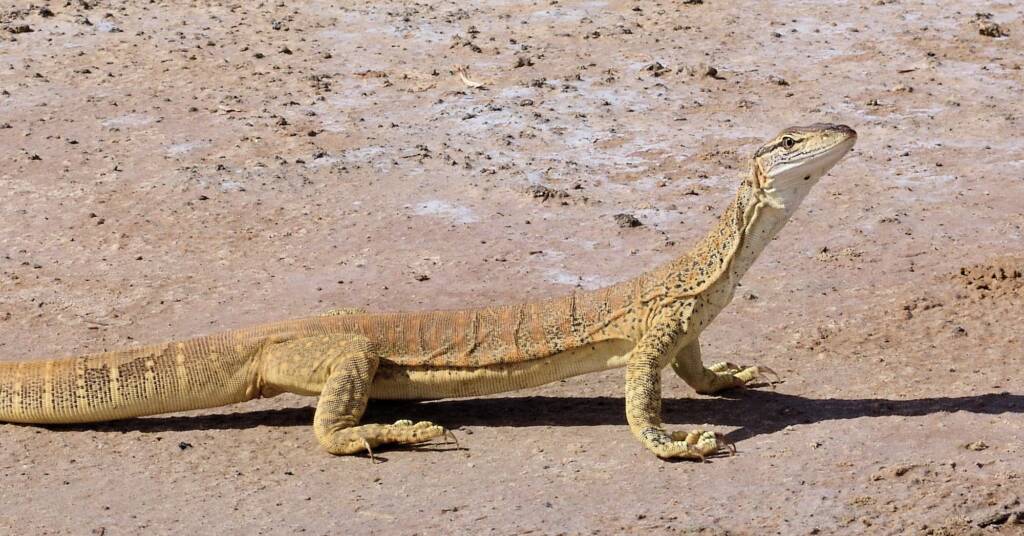
They are air-breathing vertebrates (vertebrates have backbones), whose metabolism depend on and is influenced by the temperature of their environment. Reptiles are cold-blooded. Unlike mammals and birds, they do not have fur or feathers to stay warm, nor do they have sweat glands or the ability to pant and cannot cool off on a hot day. Their only option is to move into the sun or shade as needed. This is often why during a cold early morning, you may see lizards in the garden that are very sluggish.
Whilst some reptiles are aquatic animals, most live on land.
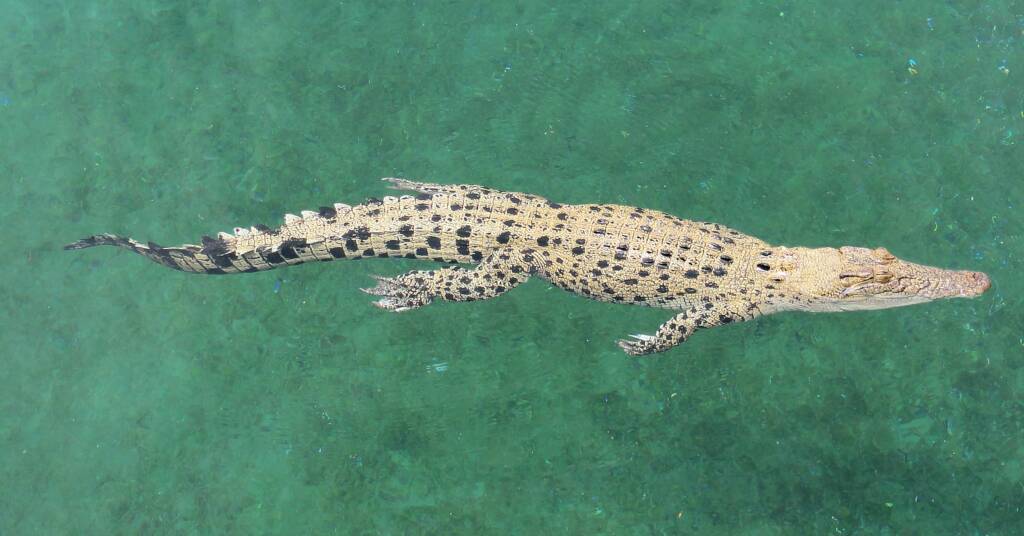
The reticulated pythons (Python reticulatus) and saltwater crocodiles (Crocodylus porosus) are the biggest living reptiles in the world. The python have been documented up to 7 metres in length, with the estuarine or saltwater crocodile averaging 3 to 5 metres in length.
On the other end of the scale are geckos and other small lizards. Many of these smaller lizards have the amazing ability to regenerate their tail when it is bitten off by a predator.
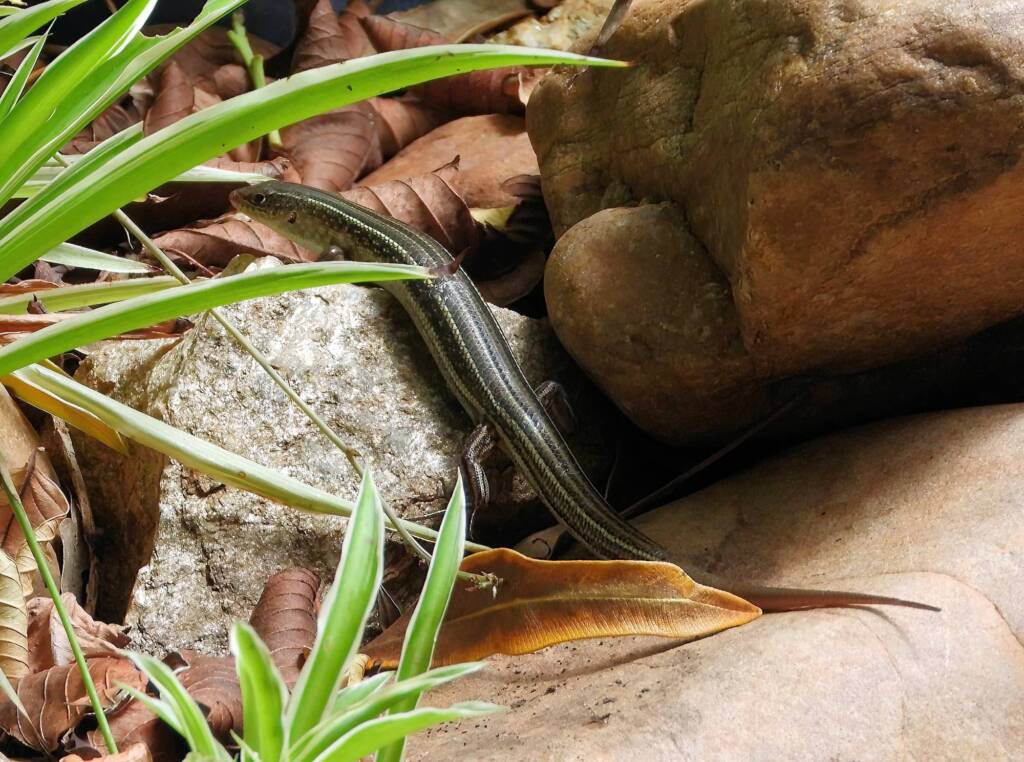
Fossil records show that reptiles first appear approximately 315 million years ago and were the dominant animals during the Mesozoic era, that lasted for 270 million years until the extinction of the dinosaurs.
Australia has approximately 14% of the known reptiles and is home to the largest known snake and lizard fossils in the world1.
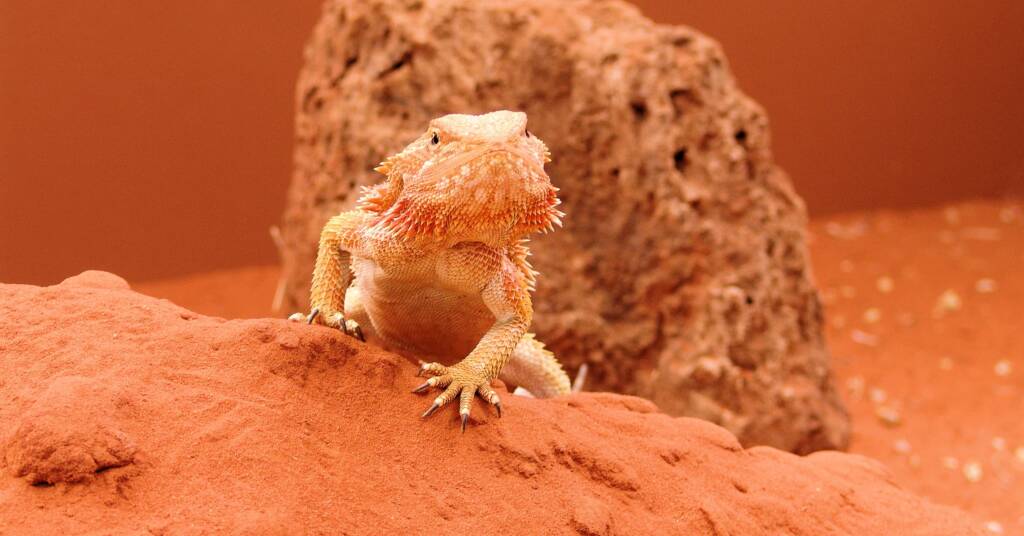
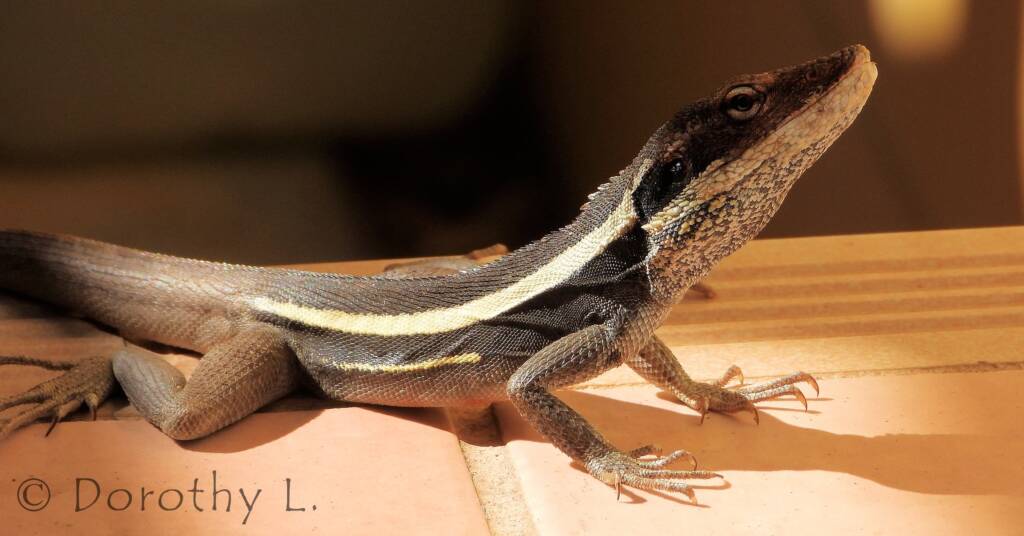
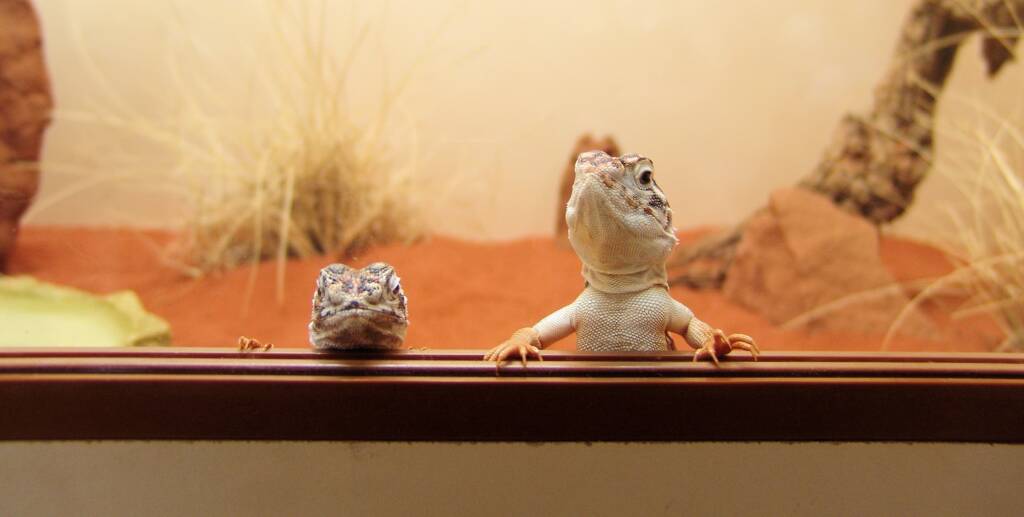
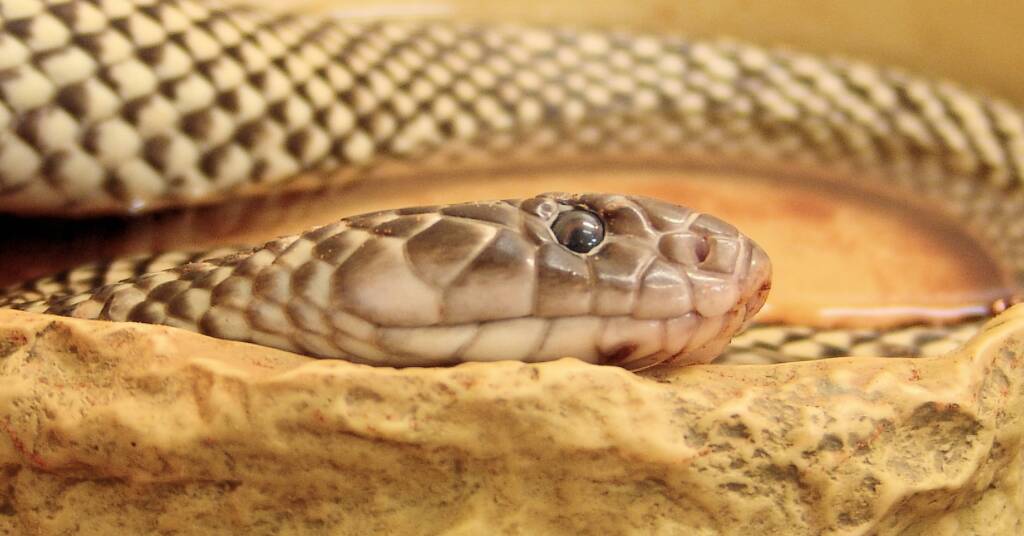
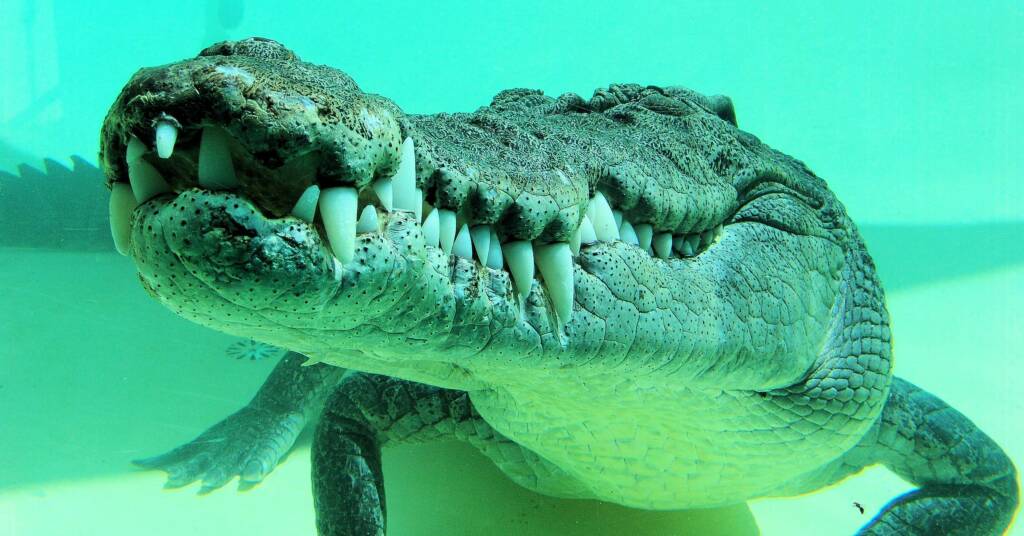
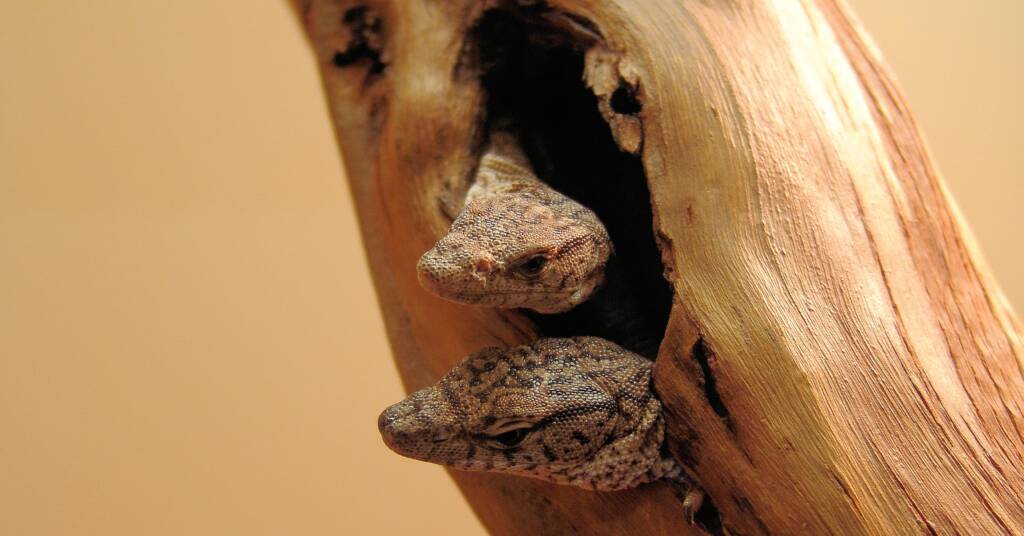
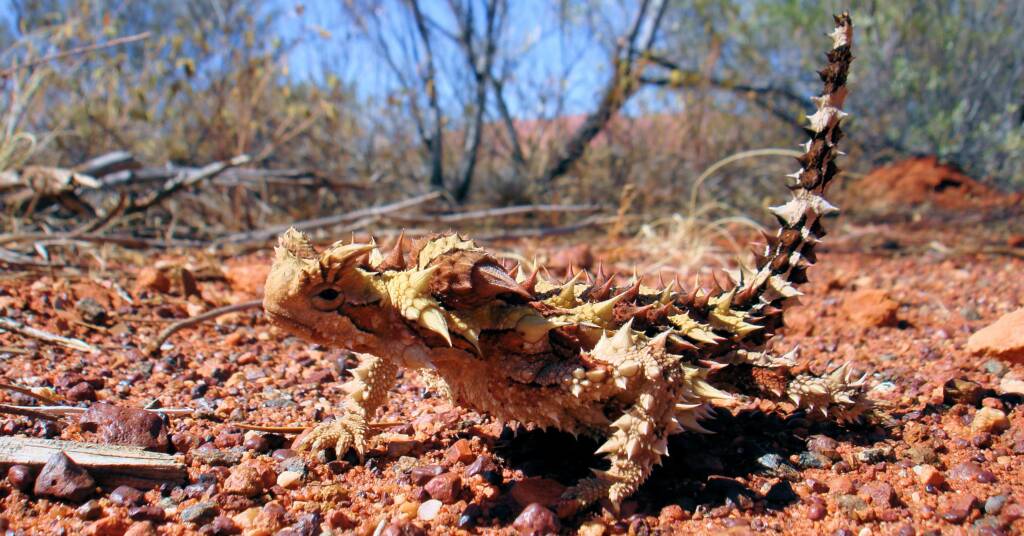

Reptiles are part of the tetrapod group of animals in the class Reptilia, comprising today’s turtles, crocodilians, snakes, amphisbaenians (amphisbaenia or worm lizards), lizards, tuatara (tuatara are reptiles endemic to New Zealand), and extinct relatives. Historically, the study of these traditional reptile orders is combined with that of modern amphibians, and is called herpetology.
Because some reptiles are closely related to birds (for example, crocodiles are more closely related to birds than they are to lizards), the traditional groups of “reptiles” do not together constitute a monophyletic grouping (a group of taxa) that share a common ancestry. A monophyletic taxon is also called a clade (consisting of all descendants of a common ancestor).
For this reason, many scientists consider birds as part of the group Reptilia, thereby making Reptilia a monophyletic class, including all living diapsids2. The term reptiles however is recognised by most people as referring to a group of animals that do not include birds ‘non-avian Reptilia’.
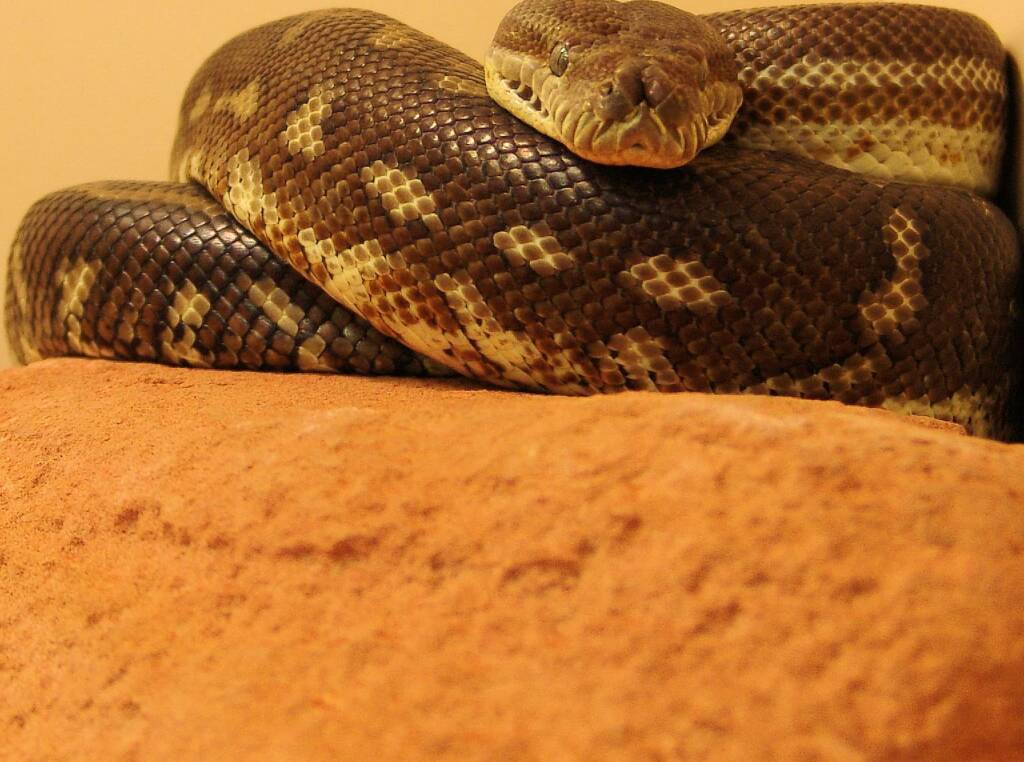
- Scientific classification
- Kingdom: Animalia
- Phylum: Chordata
- Clade: Sauropsida
- Class: Reptilia
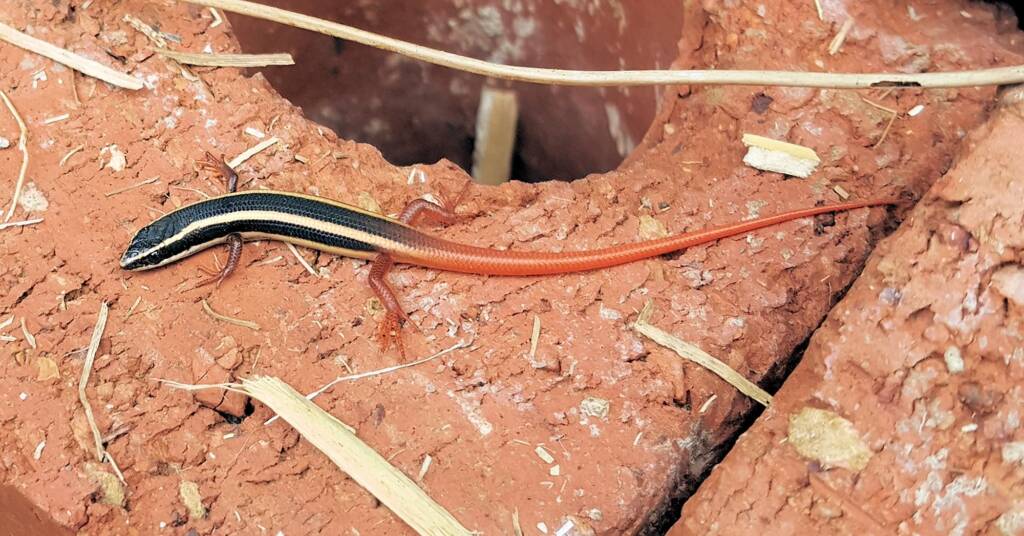
Footnote & References
- Reptiles, Australian Museum – https://australian.museum/learn/animals/reptiles/
- Those Diverse Diapsids, UC Museum of Paleontology (UCMP), Berkeley University of California – https://ucmp.berkeley.edu/diapsids/
The main diagnostic physical character for a diapsid is the presence of two openings on each side of the skull; the upper and lower temporal openings. Even the birds are considered diapsids (and hence reptiles), because they are descended from certain dinosaurs (which are also diapsids), and ancestrally have the paired skull openings along with other physical characteristics that unite them with diapsids. Thus, they are considered diapsids by their ancestry, which is illuminated by shared derived traits. - Australian Reptile Online Databases, AROD, http://www.arod.com.au/arod/
- Arid Central Australia, by GeckPhotographer, Field Herp Forum, A Worldwide Community of Field Herpers, http://www.fieldherpforum.com/forum/viewtopic.php?t=19325
ReptilesCentral Netted Dragon Ctenotus leonhardii Ctenotus saxatilis Crocodile Geckos Bynoe’s Gecko Eastern Tree Dtella Southern Spotted Velvet Gecko Gidgee Skink Goanna, Monitor, Perentie Black Headed Goanna Perentie Pygmy Mulga Goanna Sand Goanna Inland Bearded Dragon Lined Firetail Skink Long-nose Dragon Serpentes Blind Snake Central Carpet Python Children’s Python Stimson’s Python Thorny Devil Yellow-Bellied Water Skink (Eulamprus heatwolei)
